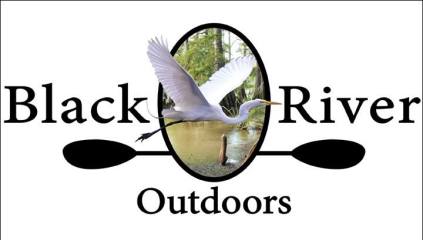Summer Kayaking on the Salt Marsh
Summer is here in full force on the Grand Strand, and in Murrells Inlet and Huntington Beach State Park that means some pretty amazing bird watching! The herons, egrets, wood storks and Ibis that have been nesting in huge rookeries in the swamps have fledged their babies and are taking the kids over to Huntington Beach State Park to learn how to hunt in the shallow water of Mullet Pond. We are seeing dozens and in some cases hundreds of wading birds stalking the shallow water along the causeway. We are seeing Great Blue Heron, Little Blue Heron, Green Heron, Wood Stork, Great Egret, Snowy Egret, White Ibis, Glossy Ibis, Anhinga and much more
The first roseate spoonbill of the season showed up a few weeks ago, so also keep an eye out for a bright pink bird with a funny looking bill in with the other wading birds. The bright pink color of the spoonbill comes from the shrimp they love to eat (just like flamingos).
If your wanderings take you all the way to the jetty you might see big flocks of least terns, who are teaching their newly fledged babies how to fly and catch fish in the inlet. These tiny terns are an endangered species, but have a sizable nesting colony at the north end of Huntington Beach State Park. Also watch for wilson’s plovers, black skimmers, and American oystercatchers among the big flocks of birds sighted in that area.
One of the more unusual sightings at the jetty is a small flock of common eiders and black scoters still hanging out way down here in South Carolina. These very confused sea ducks should be in the arctic circle this time of year.
And last but certainly not least, any visitor to the park should definitely stop by the bird feeders at the marsh boardwalk. Our resident summer flock of painted buntings is seen at the feeders there almost every day. These little birds are among the most colorful in the United States, with the males sporting blue heads, green backs, and bright red bellies.
In general early morning is the best time to see any of these birds, but excellent bird watching can be found almost any time of day.

